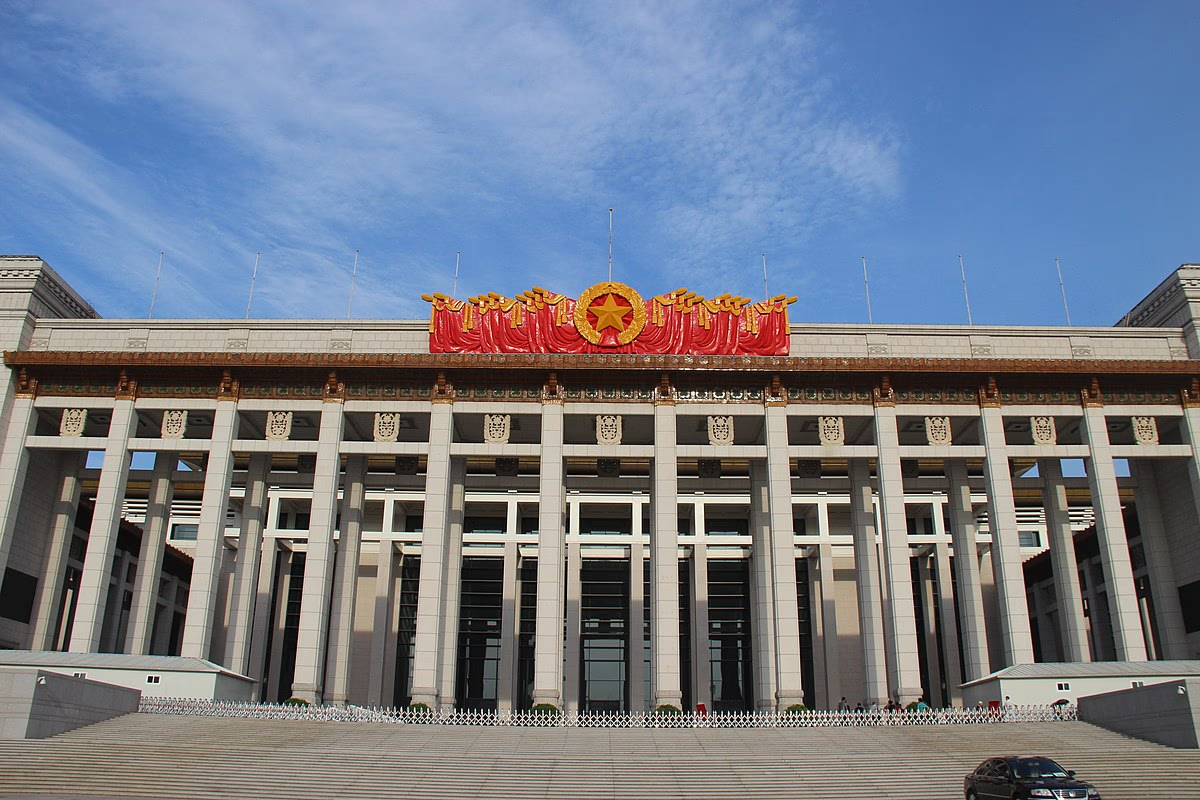As a seasoned traveler with a passion for unique destinations, I can confidently say that the Three Gorges Dam in China is a must-visit for anyone intrigued by engineering marvels, natural beauty, and cultural depth. Located on the Yangtze River near Sandouping in Yichang, Hubei Province, this colossal structure is the world’s largest hydroelectric dam, blending modern ingenuity with the stunning landscapes of the Three Gorges region. Here’s a practical and engaging travel guide to help you plan your trip.








A Traveler’s Guide to Visiting the Three Gorges Dam
Why Visit the Three Gorges Dam?
The dam isn’t just a feat of engineering—it’s a symbol of human ambition. Stretching over 2.3 kilometers long and towering 185 meters high, it generates massive amounts of clean energy, controls floods, and enhances river navigation. Beyond its practical purposes, the surrounding area offers breathtaking views of the Yangtze River and the rugged cliffs of Xiling Gorge, one of the three iconic gorges. Whether you’re a history buff, a nature lover, or simply curious about one of the world’s most ambitious projects, this destination has something for you.
How to Get There
The gateway to the Three Gorges Dam is Yichang, a city well-connected by train, plane, and bus. From major cities like Beijing, Shanghai, or Chongqing, high-speed trains to Yichang East Railway Station are fast and comfortable—expect a 6-8 hour ride from Beijing or about 4 hours from Chongqing. Flights are also an option, with Yichang Sanxia Airport offering domestic routes; it’s roughly 50 kilometers from the dam site. Once in Yichang, you can reach the dam by taxi (about 40-60 minutes, costing around $15-20 USD), private car hire, or public buses. For a budget-friendly option, take city bus No. 8 from Yemingzhu Station to the Liuzhashou Tourist Reception Center, then transfer to a shuttle bus to the dam’s scenic area.
The most immersive way to experience the dam, however, is via a Yangtze River cruise. Cruises typically run between Chongqing and Yichang (4-5 days downstream, 5-6 days upstream) and include a shore excursion to the dam. This option lets you see the dam’s massive ship locks in action and soak in the dramatic scenery of Qutang, Wu, and Xiling Gorges along the way.
When to Go
The best times to visit are spring (March to May) and autumn (September to November), when the weather is mild, and the landscapes are vibrant—think blooming flowers or golden foliage framing the river. Summer (June to August) can be hot and humid, but it’s also when the dam’s flood discharge is most dramatic, with water roaring through the spillways. Winter (December to February) is quieter and less crowded, though fog might obscure some views. Check the weather forecast, as clear days offer the best visibility.
What to See and Do
The Three Gorges Dam Scenic Area is designed for visitors, with several key spots to explore:
Tanzi Ridge: The highest viewpoint at 262.5 meters above sea level, offering a panoramic view of the dam, reservoir, and ship locks. It’s a great spot for photos, especially at sunrise or sunset.
185 Platform: Named for its height matching the dam’s crest (185 meters), this platform puts you eye-level with the structure’s top, showcasing its sheer scale.
Dam Viewing Point: Get up close to the dam’s massive concrete face and feel the hum of the turbines below. If you’re lucky, you might catch the spillways in action during flood season.
Memorial Garden: An open-air museum displaying machinery used in the dam’s construction—perfect for engineering enthusiasts.
Ship Locks or Ship Lift: If you’re on a cruise, passing through the five-tier ship locks (a 3-4 hour process) or the quicker ship lift (about 40 minutes) is a highlight. On land, you can observe these from viewing areas.
Beyond the dam, consider a side trip to the Three Gorges Tribe nearby, a cultural village showcasing the traditions of the Ba people, or a boat tour through the Lesser Three Gorges for more natural splendor.
Practical Tips
Tickets: Entry to the scenic area costs around 35 RMB ($5 USD), including a shuttle bus from the visitor center. Book through a hotel or travel agency if possible, as English signage is limited.
Time Needed: A half-day (4-5 hours) is enough for a land visit, but a full day is ideal if combining with nearby attractions. Cruises, of course, take several days.
What to Bring: Comfortable shoes for walking, a hat or umbrella (depending on the season), water, and a camera. Power banks are handy, as outlets are scarce.
Language: Few staff speak English, so a translation app or basic Mandarin phrases (e.g., “Dam” = “Dàbà”) can help.
Safety: The area is secure, but stick to designated paths, especially near the dam’s edge.
Where to Stay and Eat
Stay in Yichang for convenience—options range from the upscale Crowne Plaza Yichang (near the river, with English-speaking staff) to budget-friendly guesthouses downtown. The Holiday Inn Express Yichang Riverside is a solid mid-range pick with Western amenities. For food, try local Yangtze fish dishes like grilled sturgeon or spicy noodles at restaurants near the tourist center. On cruises, meals are included, often blending Chinese and Western flavors.
Final Thoughts
Visiting the Three Gorges Dam is like stepping into a page of modern history while surrounded by timeless natural beauty. It’s not just about the dam’s size—it’s the stories of its construction, the people it displaced, and the river it tamed that linger with you. Whether you arrive by land or water, take a moment to stand at Tanzi Ridge, gaze across the reservoir stretching to the horizon, and marvel at what humanity can achieve. For me, it’s a reminder that travel is as much about understanding the world’s complexities as it is about enjoying its wonders. Pack your curiosity and go see it for yourself!













